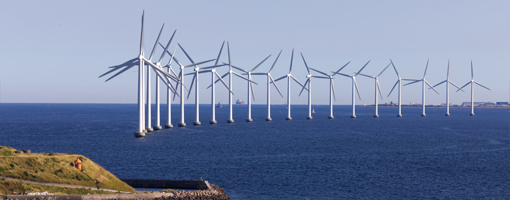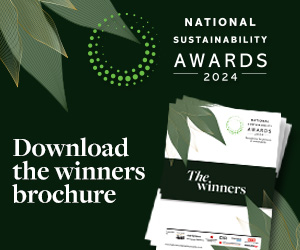The European oil and gas sector is increasing spending on low carbon options, but the spending is still lower than seven per cent of their total spending.
BP, Eni, Equinor, Total and Shell are all investing in low carbon, but represent the highest spenders, whilst the industry’s spend as a whole is only 1.3 per cent of total capital expenditure (CAPEX) in 2018.
The figures are revealed in a new report Beyond the Cycle, from environmental non-profit and investment research provider CDP. The report ranks 24 of the largest and highest-impact publicly listed oil and gas companies on business readiness for a low carbon transition.
Across the 24 companies, the European majors account for 70 per cent of current renewable capacity and nearly all capacity under development, however, the US-based companies have not embraced renewables in the same way.
Russian state-owned oil companies Gazprom and Rosneft have less capital flexibility, - a trend carried across to Chinese national oil companies including Petrochina.
The better news is that the spend is growing, and since the start of 2016, 148 deals have been made in alternative energy and carbon capture, utilisation, and storage (CCUS), and $22bn has been invested in alternative energies since 2010. Also, 15 of 24 companies have now set climate targets with Repsol, Shell and Total the most ambitious.
Apache, BP, Chevron, CNOOC, ExxonMobil and Marathon Oil did not respond to CDP’s 2018 climate change questionnaire. CDP is encouraging investors to raise this lack of transparency in discussions with company management.
report Summary here.
Latest News
-
Private health provider awards £10,000 to arthritis research team
-
Building Society hands out £1m to tackle inequality
-
Premier League and Comic Relief partnership aims to improve children’s mental health
-
Russell Hobbs launches food poverty campaign in schools
-
Tottenham Hotspur and charities launch film to tackle mental health stigma
-
Cardfactory funds homelessness charity’s team of psychologists
© 2019 Perspective Publishing Privacy & Cookies







Recent Stories